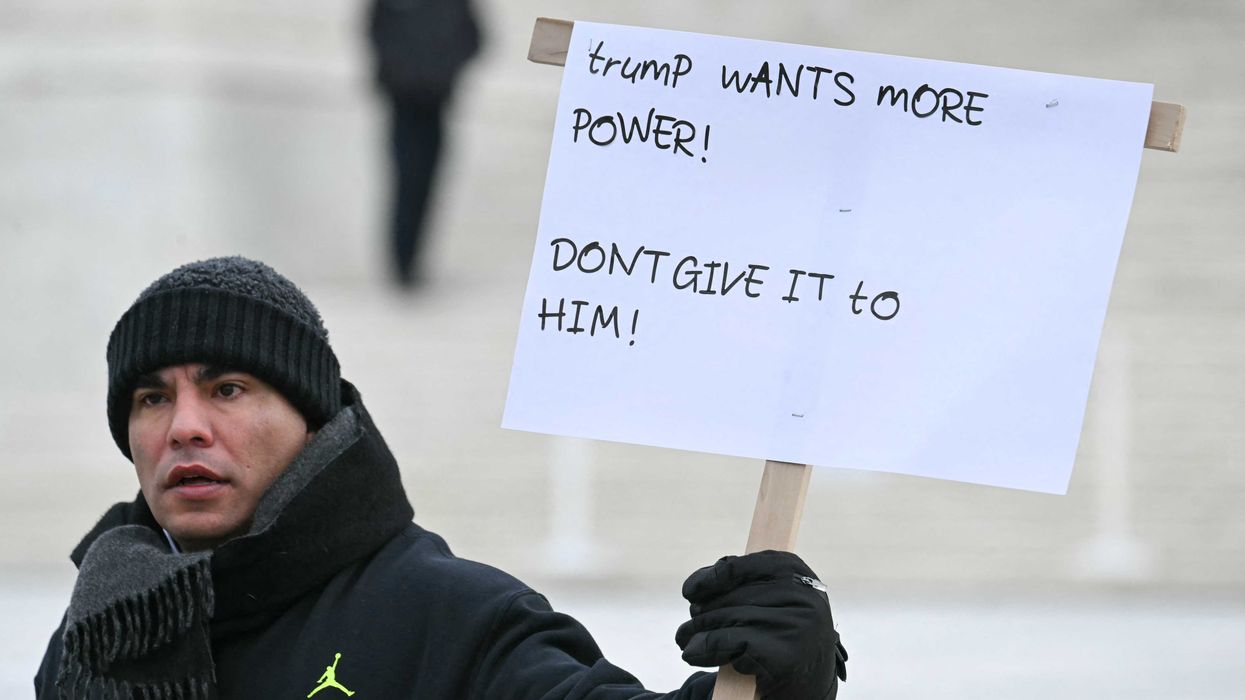In honor of Black History Month, Glenn features this week a four-part series on America’s black founders. America has a rich tradition of strong men and women playing prominent roles in the founding of our country — including black Americans. But you won’t hear in school how patriotic black Americans helped found this nation. It simply doesn’t fit with the progressive narrative. Political correctness in the public square and in academia has watered down and left out stories of these patriots with strong moral character and courage. It’s past time to set the record straight.
This four-part series puts a laser focus on Americans that might otherwise be lost to history, highlighting how they stood shoulder to shoulder with fellow patriots. Join Glenn as he cracks open the history books to give these great founders their due and helps preserve the amazing stories of America’s black founders. You want to heal our land? It starts with telling the truth.
Part III: Prince Whipple
Prince Whipple is a name that virtually no American has ever heard. But ask nearly all of those Americans if they know the name of Mr. Whipple from the 1980s Charmin toilet paper commercials, and the answer will most certainly be yes.
Who is Prince Whipple? Tragically, he is one of America's great patriots, erased from recorded history. His last name came from William Whipple, the man who purchased him as a slave, and his first name came from his royal title in Ghana, Africa. Prince Whipple was a man of royal birth sold into slavery.
Prince came to America to study and learn but was instead kidnapped and forced into slavery. He resisted the hate and anger that most would have harbored, and distinguished himself with exceptional manners and hard work. Prince gained the trust and favor of William Whipple. In fact, he was at the side of William Whipple when, as a member of the Continental Congress, he signed the Declaration of Independence.
In 1777, William was made a general in the Continental Army, and he once again took his trusted slave, asking Prince to fight if called upon. In exchange for his freedom, Prince agreed to fight until his last drop of blood. Prince fought valiantly at Saratoga for the American forces. While he honored his word, it wasn’t until 1784 that William Whipple finally fulfilled his promise and freed Prince, who lived out the rest of his days as a free man.
In 1851, a German-born painter who had grown up in the United States, but went back to Germany as an adult, was in despair over his homeland's revolutions of 1848. So he painted the scene of George Washington crossing the Delaware to inspire his fellow countrymen to remember the principles of the American Revolution.
In the painting, at the front of the boat with Washington as he crossed the Delaware, is a young black man. At the the time, many thought that black man was Prince Whipple. Historians have since discovered that Prince Whipple did not participate in the Battle of Trenton, but was instead with William Whipple back in Baltimore, Maryland. It is now believed that the painting is no more than a composite of all the blacks who helped America gain her independence, including Prince Whipple.
The fact that historians now say the man in the boat is not specifically Prince Whipple in no way diminishes his role in American history. Prince Whipple certainly believed in, stood for, fought for and eventually experienced those rights. He is indelibly etched into the fabric of this great nation and its history.
Featured Image: The Frederick Douglass Statue in Emancipation Hall at the Capitol Visitors Center, at the U.S. Capitol. (Photo by Drew Angerer/Getty Images)

 ALEX WROBLEWSKI / Contributor | Getty Images
ALEX WROBLEWSKI / Contributor | Getty Images
 JIM WATSON / Contributor | Getty Images
JIM WATSON / Contributor | Getty Images Joe Raedle / Staff | Getty Images
Joe Raedle / Staff | Getty Images AASHISH KIPHAYET / Contributor | Getty Images
AASHISH KIPHAYET / Contributor | Getty Images